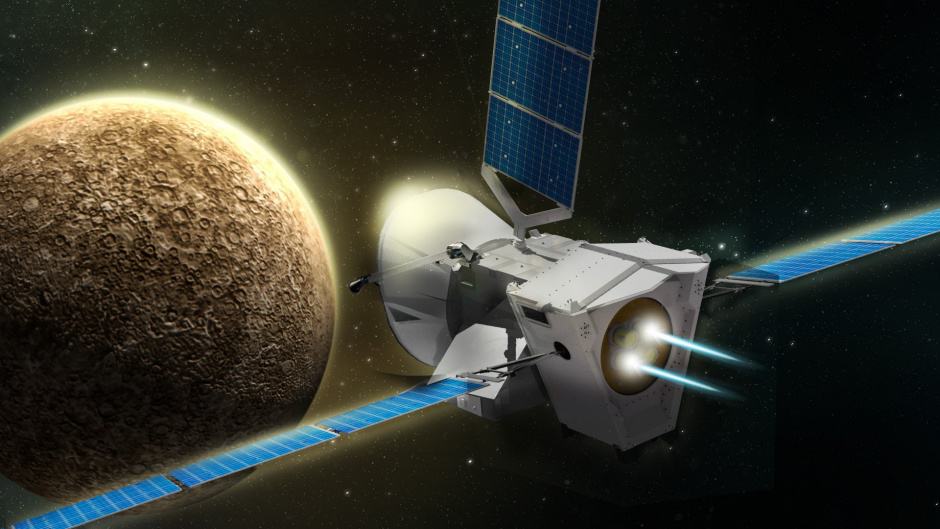
For decades, science fiction creators have imagined new forms of propulsion to drive space- and aircraft through the atmosphere and cosmos. Many have turned to the concept of ion drive, where a stream of charged particles is expelled from the rear of the craft and pushes it forward in accordance with Newton's third law of motion. In recent years, ion drive has become a reality for spacecraft, with six missions now using this form of propulsion, including the gravity wave detector Lisa Pathfinder and the recently-launched BepiColumbo spacecraft, which will use an ion drive in his approach to Mercury. Now, researchers at the Massachusetts Institute of Technology claim to have installed an ion drive for the first time in an aircraft.

Described in the current issue of Nature, the as-yet-unnamed aircraft would be the first ever to fly using a propulsion system with no moving parts. Resembling a large glider, the aircraft has a 5m wingspan and weighs just over 2 kg. The drive system consists of two sets of wires, stretched taut underneath the leading and trailing edges of the wings, with the front set somewhat thinner than those at the rear. These are connected to a stack of lithium-ion batteries housed in the aircraft fuselage, which in turn is connected to a lightweight power converter that supplies 40,000 V to the wires. This voltage positively charges the wires at the front of the wings, which attract and strip away electrons from surrounding molecules in the air. This creates positive ions that are attracted to the negatively charged wires at the rear of the wings. The moving ions collide with air molecules between the two wire arrays, creating a an air current known as "ionic wind" which, passing over the wings, creates a thrust that moves the aircraft forward.
Research leader Steven Barrett, an associate professor of aeronautics and astronautics, and his colleagues, Thomas Sebastian and Mark Woolston, have tested the aircraft in the confines of a gymnasium at MIT – the largest indoor space they could find. So far, the reports, the aircraft has completed ten 60m flights. "It's still some way away from an aircraft that could perform a useful mission," Barrett said. "It needs to be more efficient, fly for longer, and fly outside."
Barrett admits to being inspired by Star Trek. Ionic wind was first identified in the 1920s, and while pondering the problem of aircraft propulsion during a sleepless jetlagged night, Barrett wondered whether it could be employed as a means of freeing aircraft from the need for a rotary fossil-fuel-powered engine. "In the long-term future, planes shouldn't have propellers and turbines," Barrett said. "They should be more like the shuttles in Star Trek, that have just a blue glow and silently glide."
Up to now, ionic wind, also known as electroaerodynamic thrust, has been mainly a curiosity used to power miniature desktop flying models, but abandoning his attempts to drop off, Barrett did some back-of-envelope calculations to see how much power would be needed to propel a full-sized aircraft. "And it turned out it needed many years of work to get from that to a first test flight."
In fact, it took nine years. "It took a long time to get here," he said. "Going from the basic principle to something that actually flies was a long journey of characterizing the physics, then coming up with the design and making it work. Now the possibilities for this kind of propulsion system are viable."
Barrett's next goal is to improve the efficiency of design, producing great ionic wind with less voltage. The team is also working on improving the thrust density, which would result in a need for a smaller area for the electrical array. Ideally, Barrett would like to design an aircraft with no visible propulsion system or control surfaces.
Find out more in the video below:




Poll: Should the UK’s railways be renationalised?
I think that a network inclusive of the vehicles on it would make sense. However it remains to be seen if there is any plan for it to be for the...